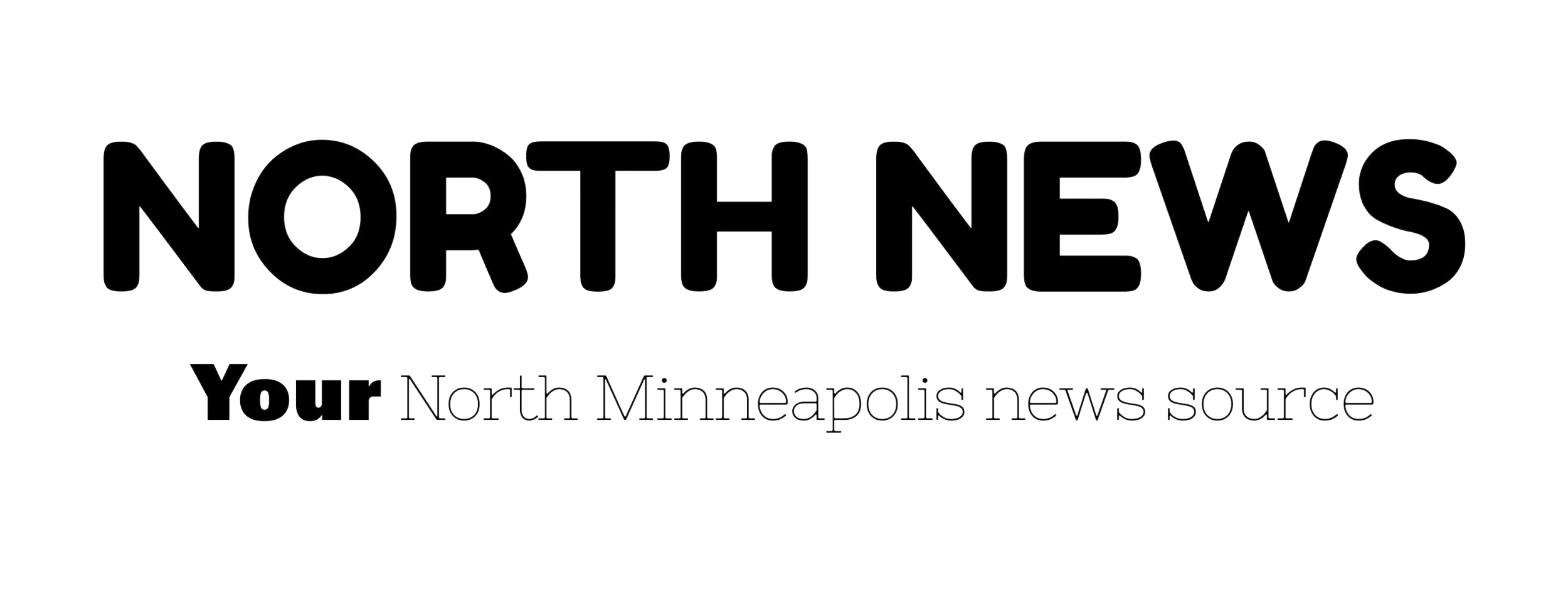UHT development plan includes space for businesses and marketplace
A Phase 1 development plan for the Upper Harbor Terminal is drafted in the City, Park Board, and United Properties' collaborative concept plan for site. The Hub (6) is envisioned to be a marketplace for economically driven initiatives. Rendering courtesy of upperharbormpls.com
By Abdi Mohamed Staff Reporter
Part of the Upper Harbor Terminal (UHT) redevelopment plan includes a facility known as “the Hub,” a building that is set to house office spaces for green businesses, a marketplace and other economically driven initiatives. In the 37-page UHT concept plan approved by the City Council in March of this year, the Hub is described as a “community-focused development.”
The idea for the Hub with born out of a dialogue between residents and city officials. Northside residents were asked what they would like to see in the space and their response continuously pointed to the need for an entrepreneurial site for the community. The concept plan serves as a draft of a blueprint for the development project with the details yet to be worked out. However, based on some preliminary discussions with community members, the Hub is an integral space to serve as a facility to draw in entrepreneurs and stakeholders into the space.
The City of Minneapolis’ Community Planning & Economic Development (CPED) department is leading the charge in creating the plans for redevelopment of the UHT in partnership with the Minneapolis Park and Recreation Board (MPRB) and United Properties. Erik Hansen, the director of Economic Policy and Development at CPED, describes the process as a collaborative effort between his agency and other entities. “We’re making decisions in a very deliberate way, with the community, this collaborative planning committee, the development team and the city together,” he said.
One significant part of the Hub is the inclusion of an integrated utility hub which is described as a “closed loop system” in the UHT’s concept plan. This utility hub would be created with sustainability in mind and would find environmentally safe solutions for waste and water management. The Mississippi Watershed Management Organization is working closely with CPED on this portion of the Hub’s development and hopes to find solutions as to find ways to lower the environmental impact of the Hub. Both the Department of Public Works and the Metropolitan Council who work in municipal and regional waste treatment are also included in these development plans. Final decisions as to what to include in the Hub are yet to be made. Hansen described the planning process as being open to the public and receptive to community suggestions. Each month, a 17-member city-appointed “Collaborative Planning Commission” meets with a theme in mind in relation to the UHT redevelopment. In the month of September, the group of community members and leaders plan to address community ownership models to find ways of including the community in the development.
The concept plan mentions the inclusion of a “community-based partner” who would operate the ground floor of the Hub. This partner could come in the form of a cooperative, an investment trust or a community development corporation and would work to raise the capital for the construction of the Hub. CPED has a few organizations in mind, but has yet to make a decision. Hansen shared the importance of thinking long term when it comes to community ownership. “When I think of community ownership, I’m not thinking about the first year. I’m thinking about the fifth year on, because if we don’t have that first phase thought through, what happens is that it’s not community owned for long,” he said.
CPED is assessing the costs of construction for the Hub and is set to give the city council an update on Aug. 13 as to their recommendation of restoring some of the structures currently in the UHT or creating new buildings. Ian Silver-Ramp, owner of Mississippi Mushrooms, works out of one of the warehouses located on the UHT and says the idea of constructing a new building would not be cost effective for future business owners operating in the Hub. “If you want to create a business incubator, it needs to be affordable for businesses to start up,” he said. “After tearing this thing down, it’s probably on par with the cost of rebuilding it.”
Hansen of CPED says that isn’t necessarily the case. “It’s not up to current code and would cost a lot of money to bring it up to leasable standards. It’s not going to be at a level we would have in a new building where we’re looking for more environmentally sustainable practices,” he said. Residents of the Northside who engaged in dialogue with CPED put a lot of value on having access to the Mississippi and the Hub would serve as a “focal point” for their connection to the river.
Gayle Smaller is a member of the Collaborative Planning Commission. Smaller described the planning towards the Hub as having a “formula” when deciding what it could contain. Businesses would be a mix of artistic, Northside focused, or equity based. He also described the importance of the Hub servicing the North Minneapolis community and not just being located here. “If it’s an illusionary definition of what community is, and just creating the Hub to bring other people to our community to take advantage of the resources, then I don’t think it’s a good idea,” Smaller said.
The Hub and its future are currently in flux, but just as this idea for a marketplace and economic development was born out of community engagement, members of the Northside community have the opportunity to share their thoughts on what they would like to see from this space.

